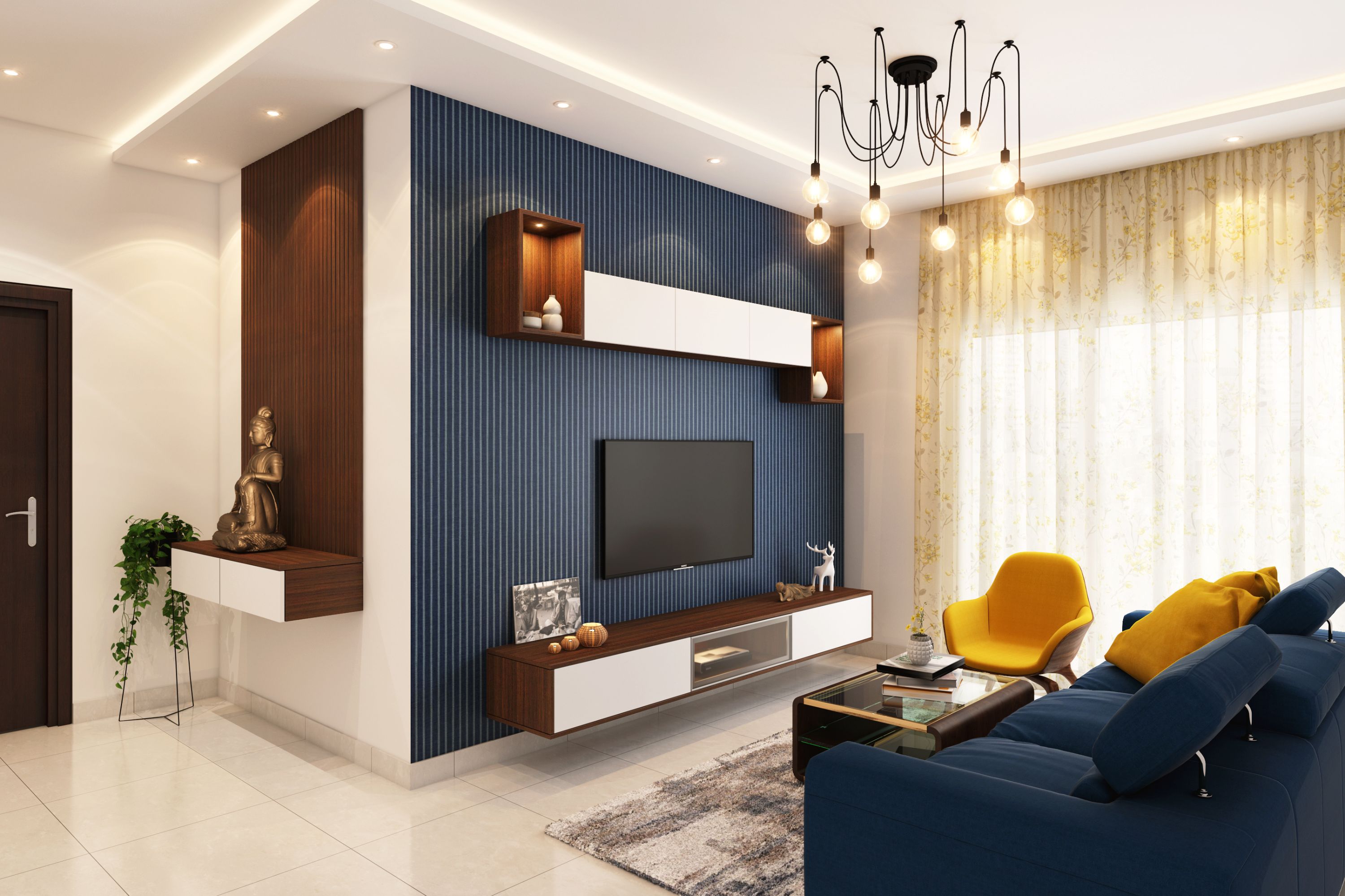What Does It Mean?
Most of you are not wallpaper symbol experts and yet, every wallpaper you will ever see, will have their specifications and properties communicated in the form of a standardised set of symbols. As it is crucial that you follow a wallpaper’s instructions, we’ve created this handy post to help you identify and understand what each symbol stands for. Hover over each symbol in this post to identify it.
Washability Rating
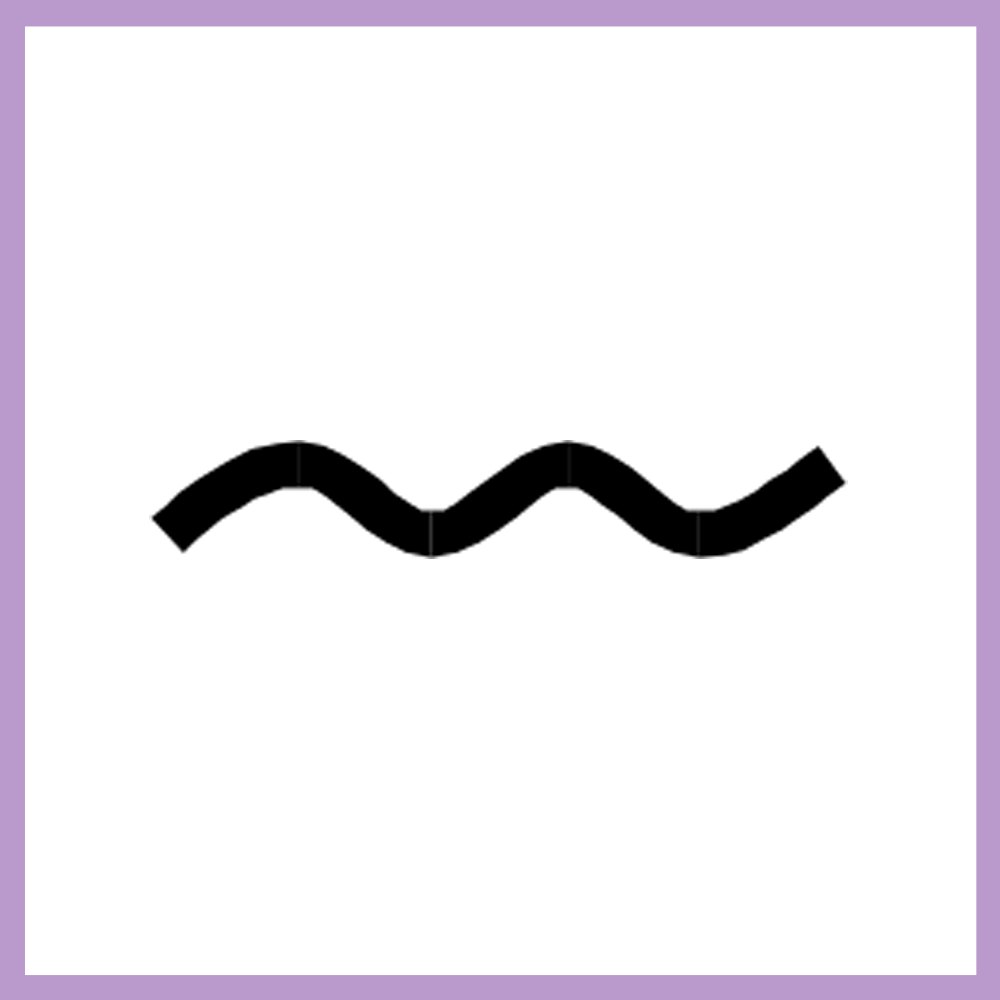
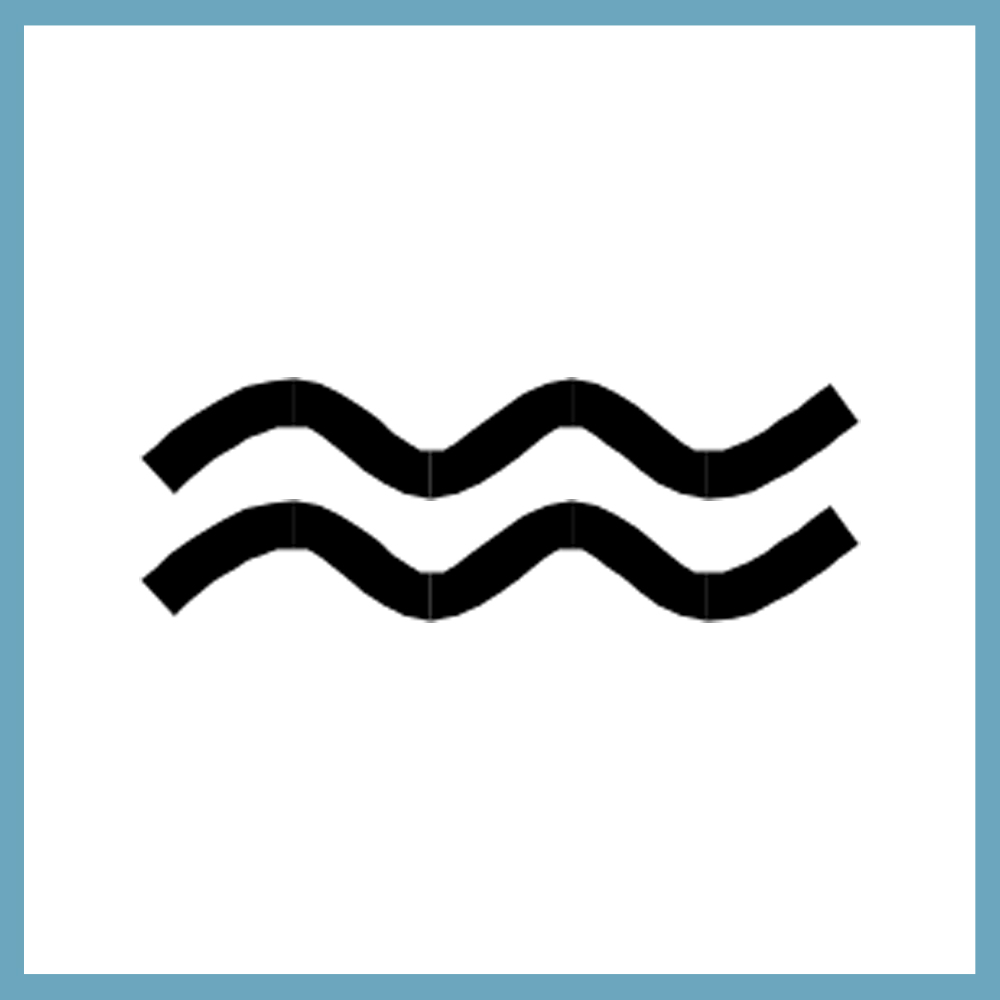
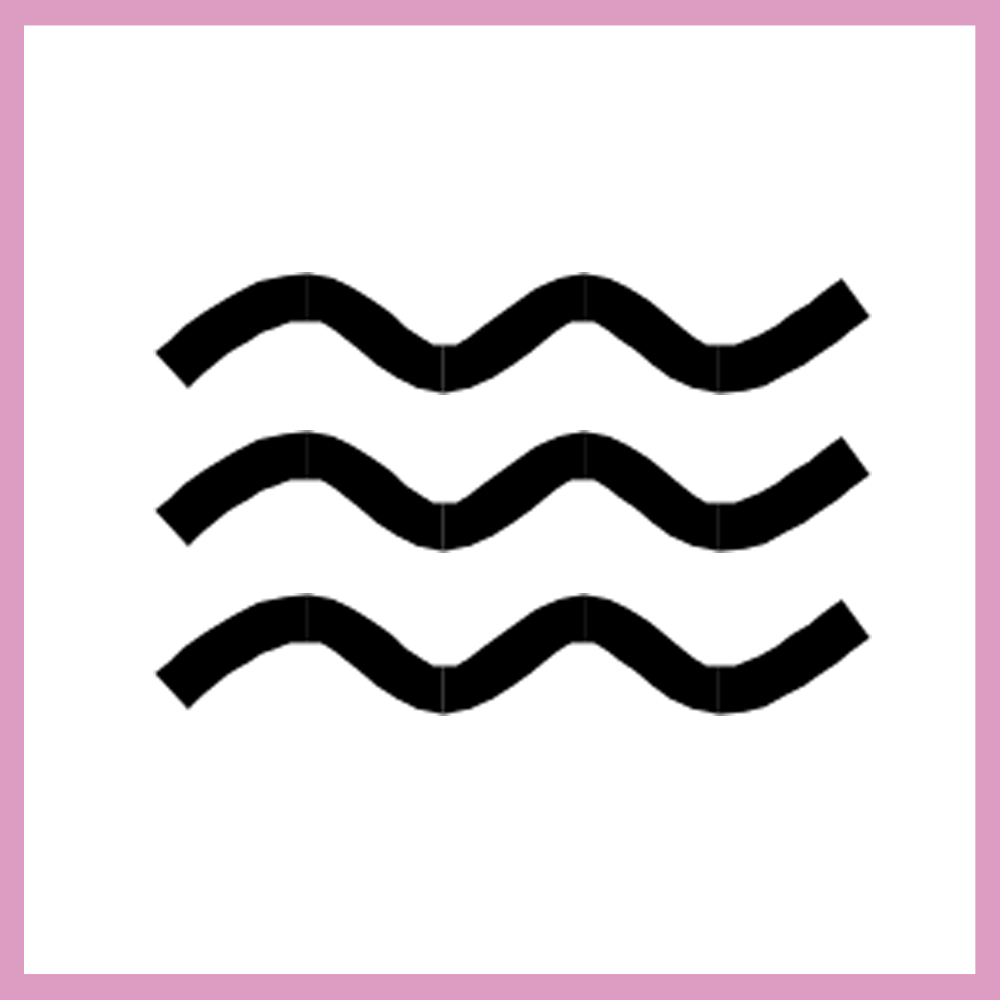
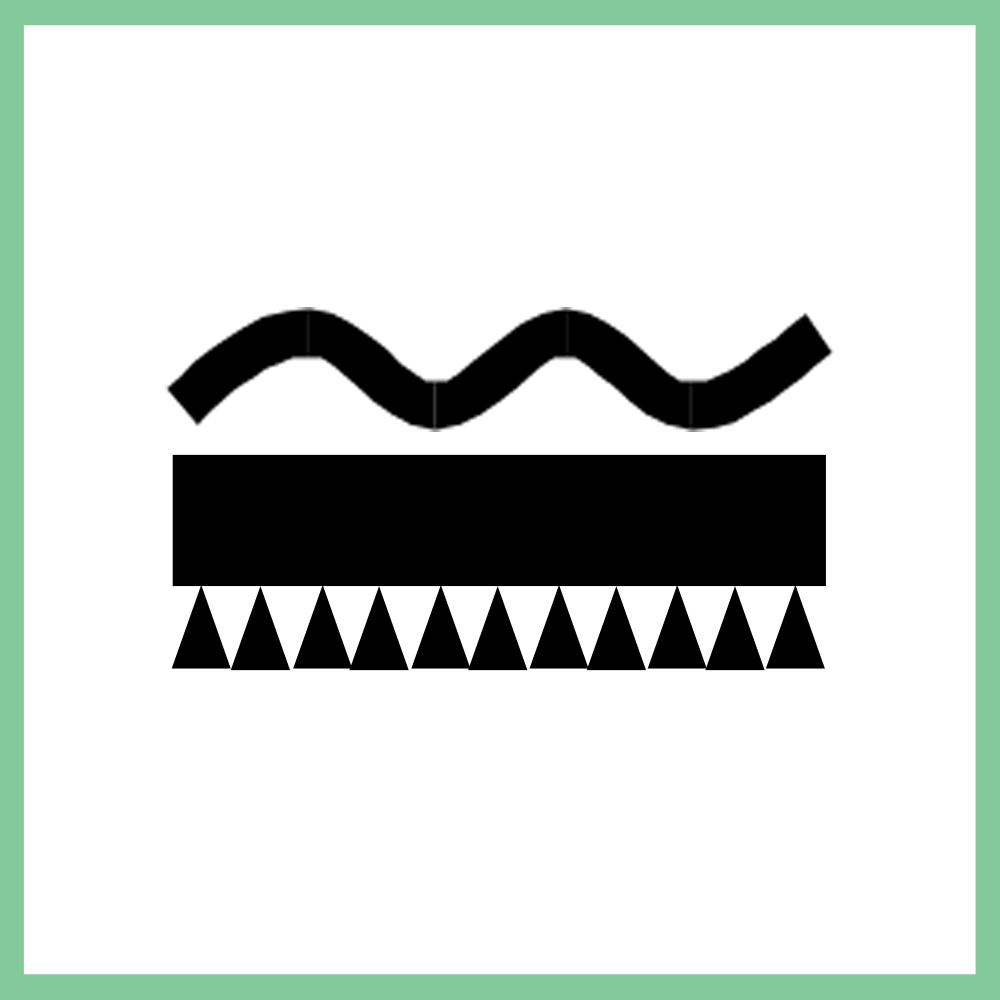
Every piece of wallpaper has a washability rating which is illustrated through a single symbol on the design’s label. If you do not follow the correct procedure relating to your paper’s washability, then this can lead to irreparable damage to the wallpaper itself. There are four main symbols that you may encounter in this category.
Spongeable – If you see a single wavy line on your label then it means that your wallpaper is spongeable. This is the lowest washability rating and means that, to clean the wallpaper, you have to use a damp but not soaking wet sponge to very gently wipe the surface of the paper. You must not use any cleaning fluids or chemicals, just water.
Washable – Washable wallpaper is slightly more durable in this regard than a spongeable design. It is indicated by a double wavy line. Whilst it is easier to wipe away surface dirt it also requires you to be very delicate and use a sponge with no chemicals. Using a sponge that is too wet or applying too much pressure may cause the paper to rip and tear.
Extra Washable – The symbol formed from three wavy lines identifies the paper as extra washable. This wallpaper can be used in kitchens and bathrooms as it is more resilient to damper environments. However, please do remember that it is not waterproof so must be kept away from direct water sources such as an area that may be affected by splashing water. Basically, don’t hang it next to a shower or sink.
Scrubbable – This wallpaper is one of the tougher paper types and is indicated by a symbol which resembles a scrubbing brush. This simply means that you can apply a little more pressure to remove dirt without the paper becoming damaged. We recommend also using a damp sponge and still taking appropriate care and precaution as ultimately, it’s important to remember that you are still dealing with paper.
Pattern Matches and Hanging
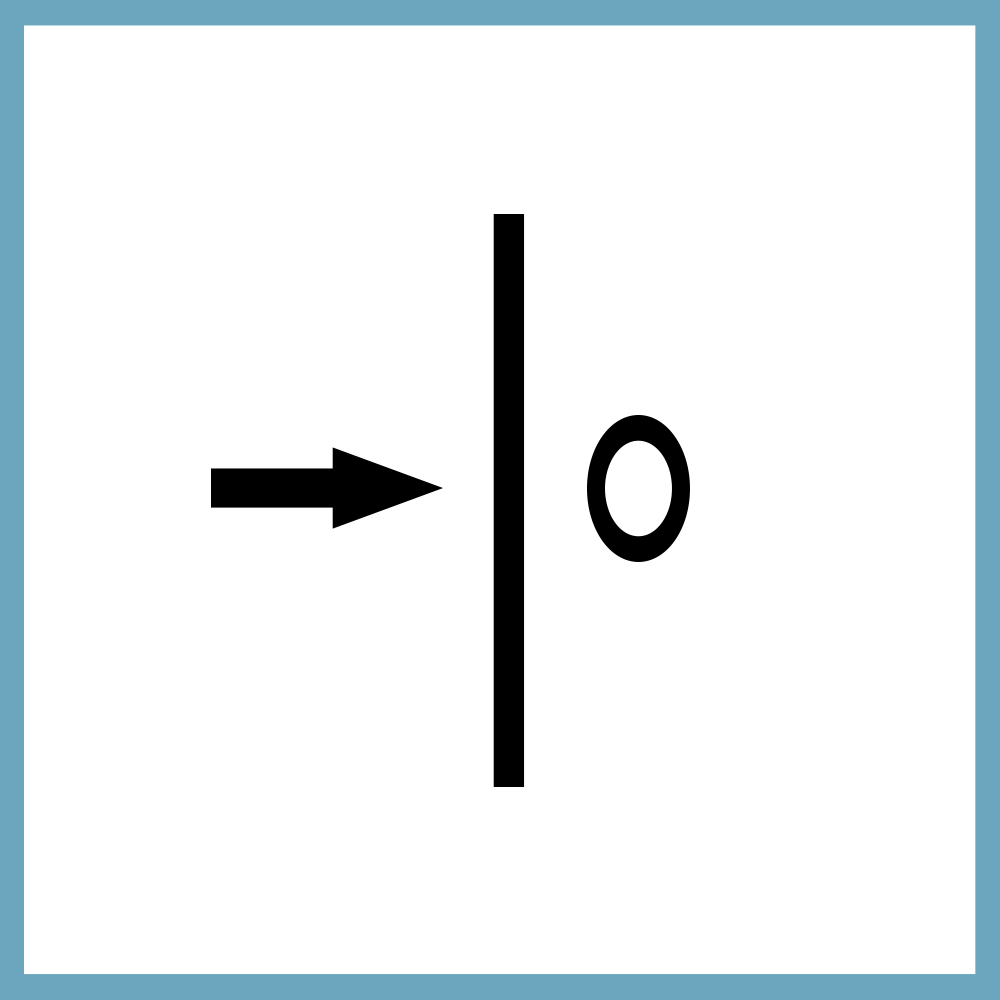
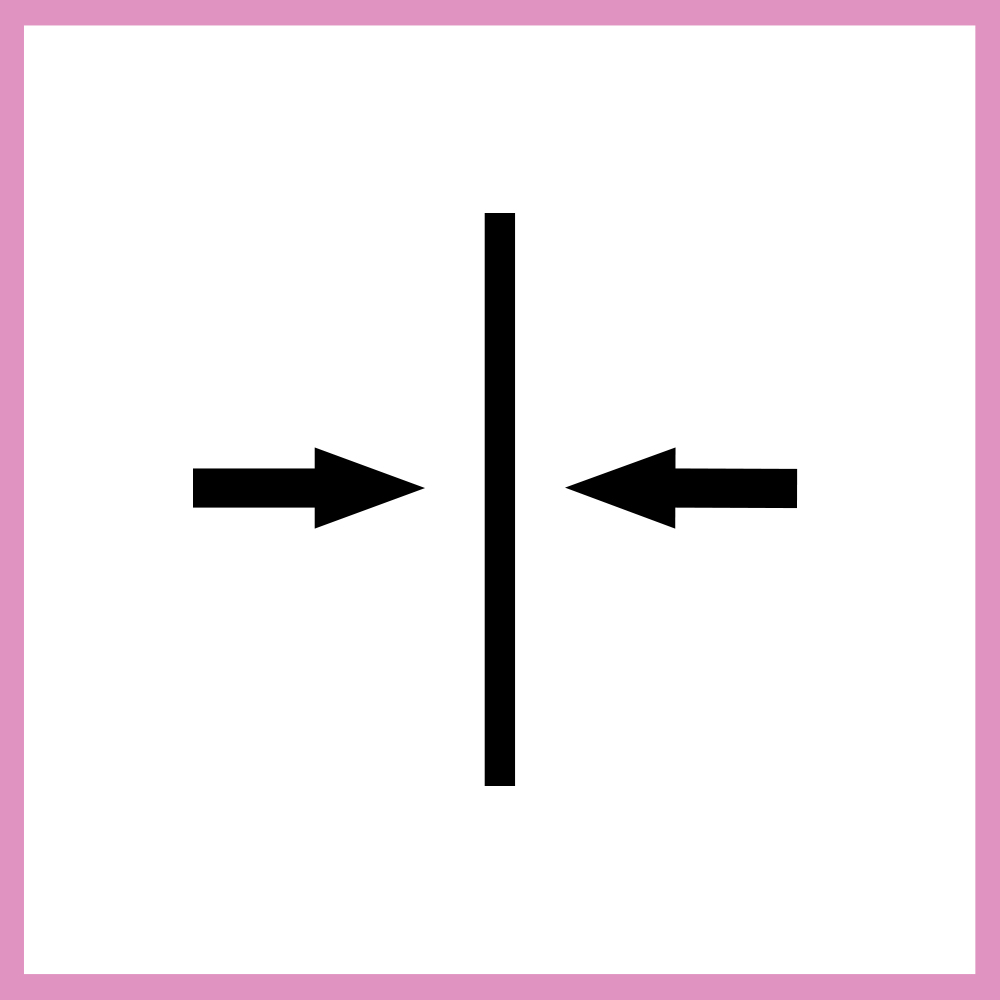
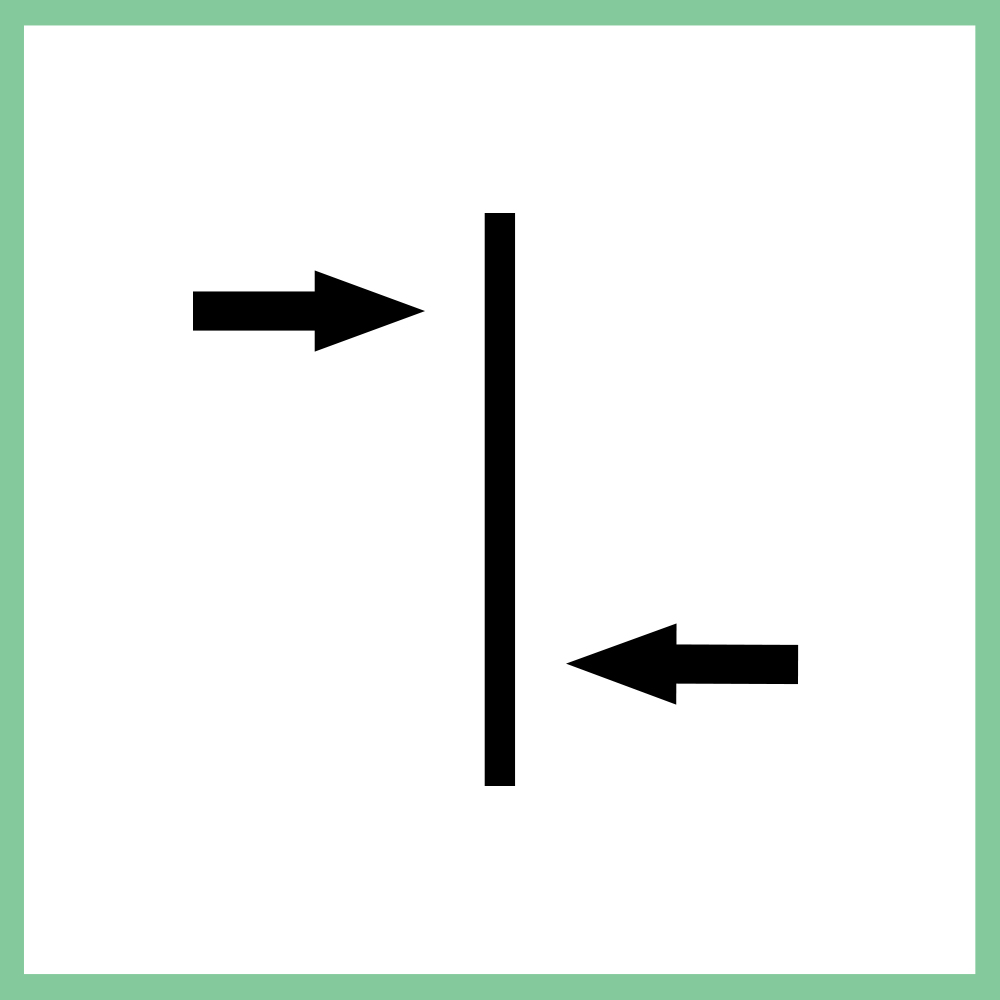
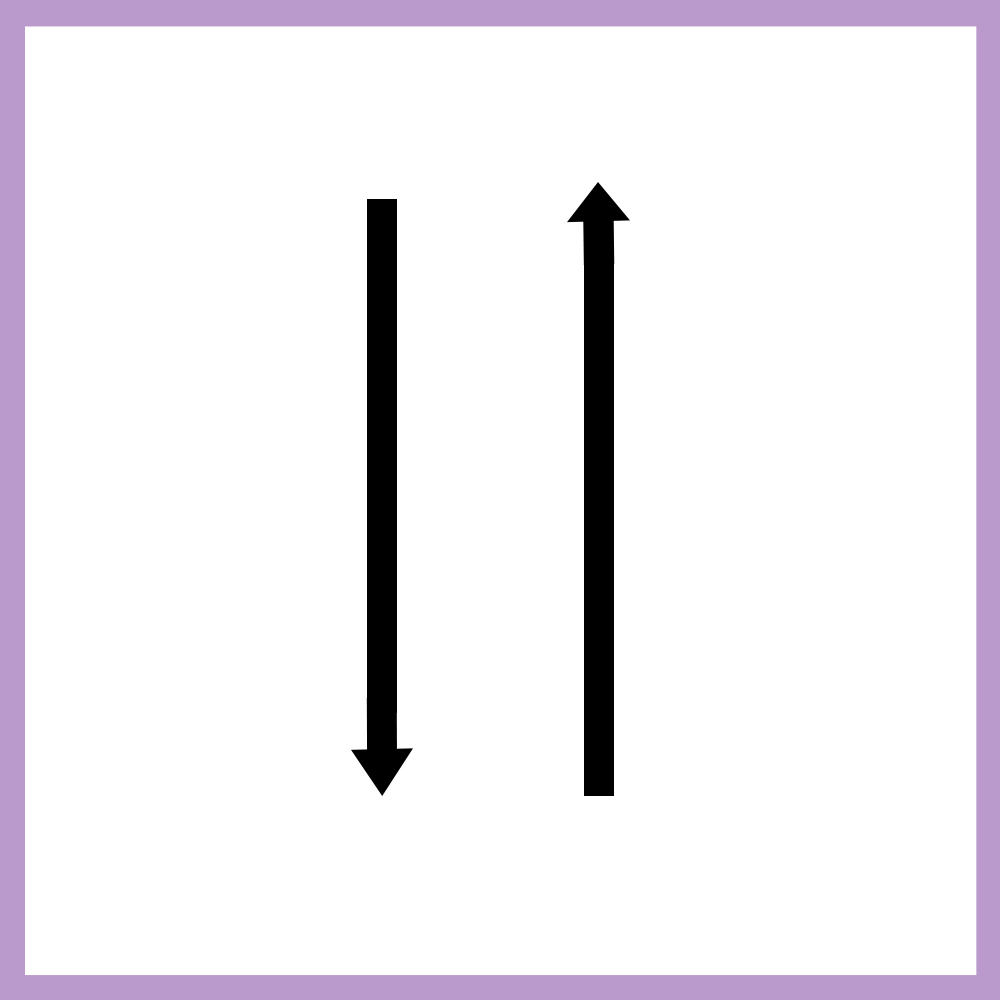
A very important aspect of hanging wallpaper is understanding your wallpaper’s pattern match. Pattern match is simply the horizontal alignment between two adjacent strips of wallpaper. If you don’t follow or understand your wallpaper’s pattern match then the wallpaper may be hung incorrectly resulting in disappointment and a waste of time and money. There are four main types of pattern match.
Free match – A free match design requires no aligning and so is the easiest of the pattern matches to hang. It does not matter how you place adjacent strips, the pattern will line up. Free match results in the least amount of wasted paper compared to the other pattern matches available.
Straight match – Straight match is simply that the design matches in a horizontal line across adjacent strips. The design from left to right on one strip will be the same on the next one and so on.
Offset match – This is perhaps the hardest to hang. Offset match is simply a design which, in order for adjacent strips to match up, every second strip must be offset or dropped by the distance of its drop match. Basically, the edge of the wallpaper only matches the edge of the second strip when it is dropped by a specific distance. The best technique for hanging offset match wallpaper is to cut and align the strips on a pasting table before pasting and hanging. Offset match wallpaper has the most waste associated with it.
Reverse Alternate Lengths - Reverse hang is a method that is often seen with plain or lightly textured wallpaper and it is the process of placing adjacent strips in alternating directions. Ultimately, every other strip is reversed in direction. The reason why plain wallpaper might have to be reverse hung is to prevent shading.
Wallpaper Paste Instructions
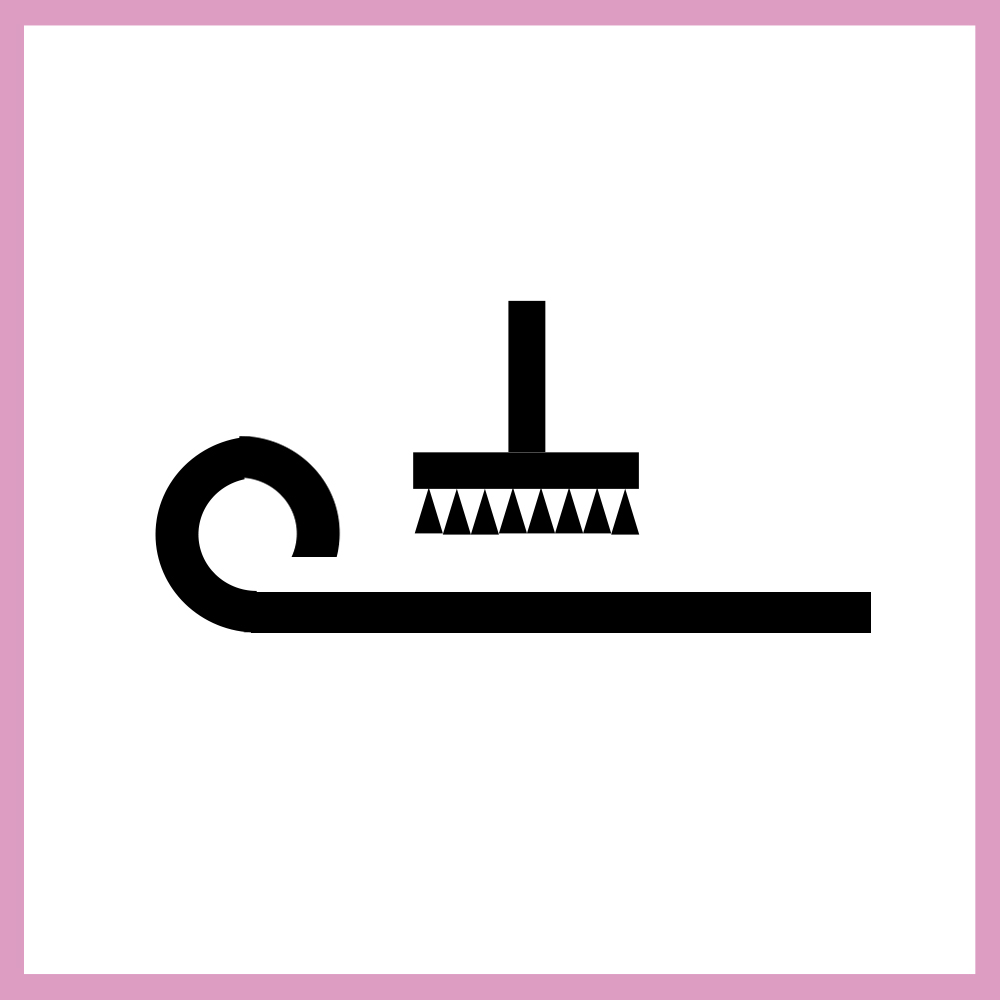
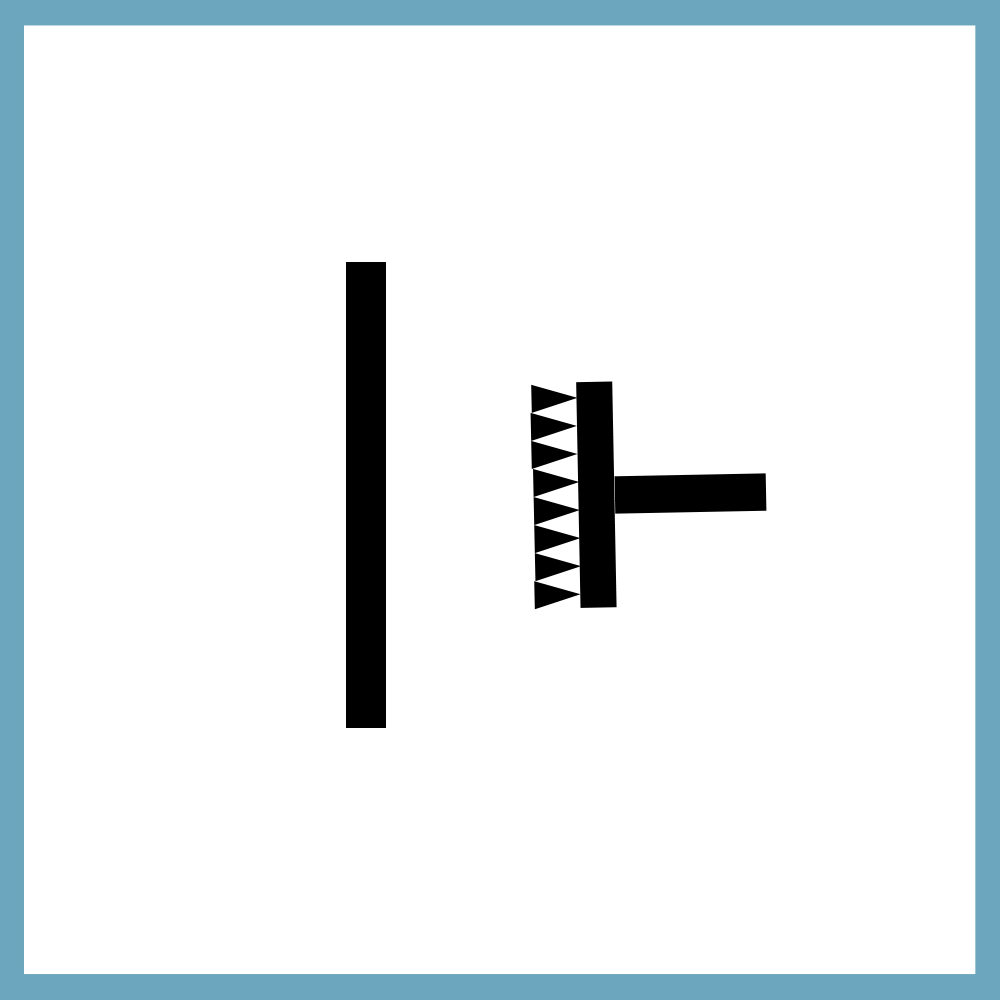
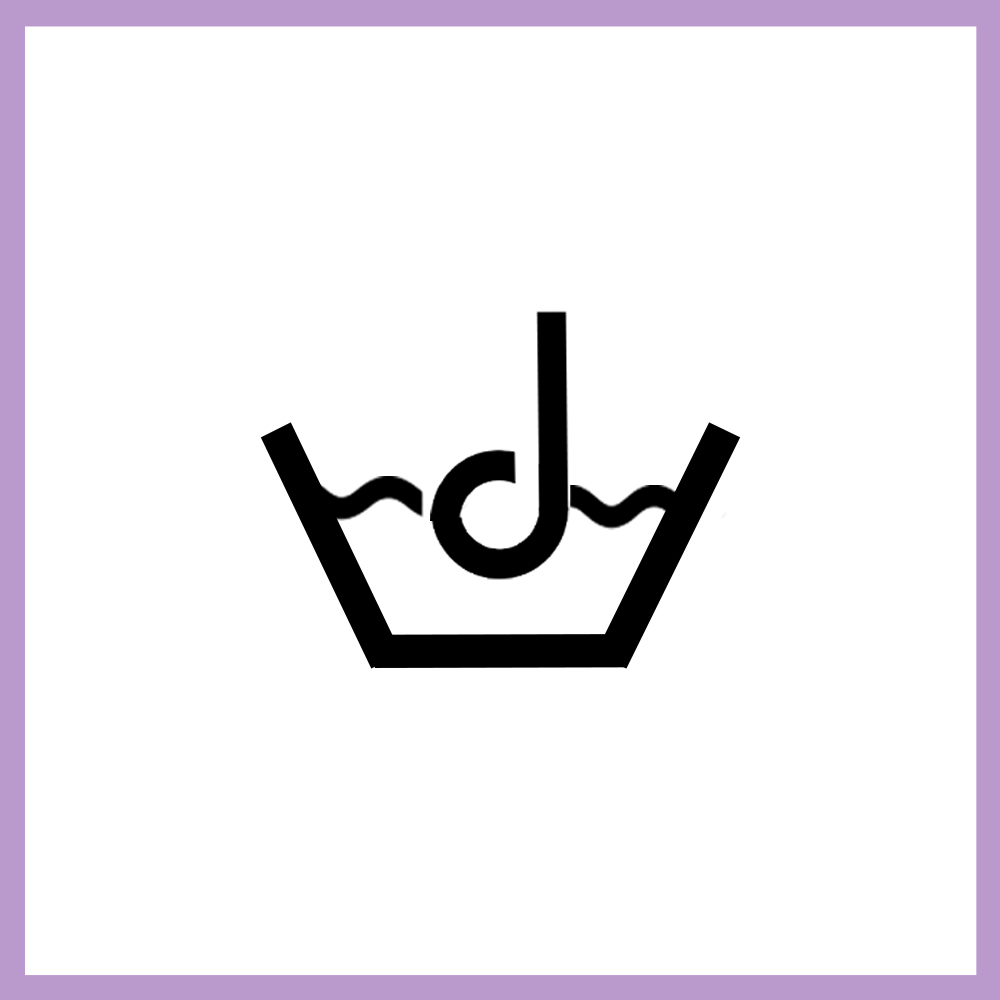
There are three main symbols for paste instructions although, in Europe, you are less likely to come across the third of these. It is extremely important that you take note of your paper’s paste symbol as not following the instructed paste instructions can cause bubbles, creases, the wallpaper to not stick correctly, the design to expand on the wall and cause expansion bubbles and even tearing to your wallpaper.
Paste the Paper – This is the most common paste symbol that you will see. Paste the paper is the process of applying the paste directly to the back of the wallpaper, leaving it for its soak time then applying the pasted strip onto the wall. For information on paste the paper and tips on how to avoid some common mistakes, check out our previous blog post which covers these issues.
Paste the Wall – Paste the wall is a more recent addition to the wallpaper world. With much easier application, no need for soak times and less risk of errors, this is an increasingly popular wallpaper type. Paste the wall is exactly what it sounds like; you apply the paste directly to the wall then fix the paper on top. Paste the wall wallpaper will often be found with non-woven wallpapers.
Ready Pasted – Ready pasted is not as common in the UK but you might occasionally come across it. This paper has already been pasted and needs dipping into a water tray to activate the paste before it can be hung.
Wallpaper Removal
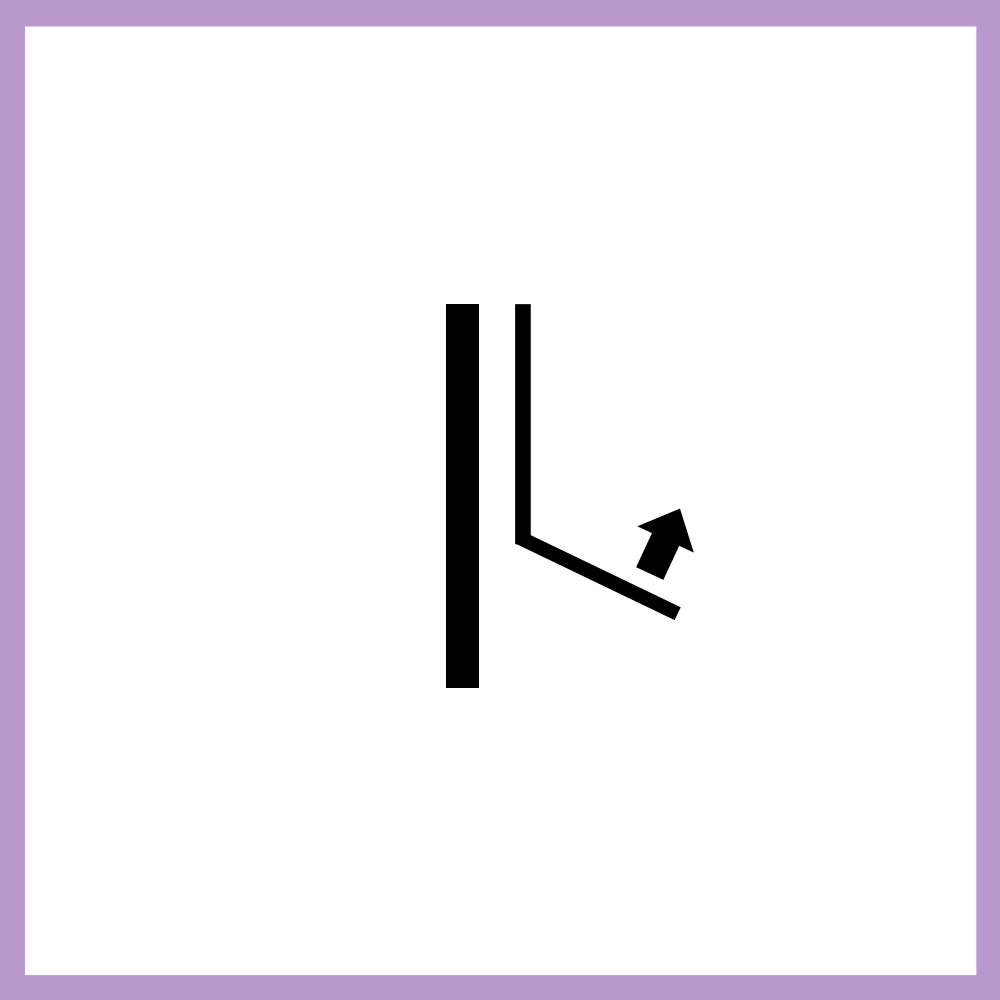
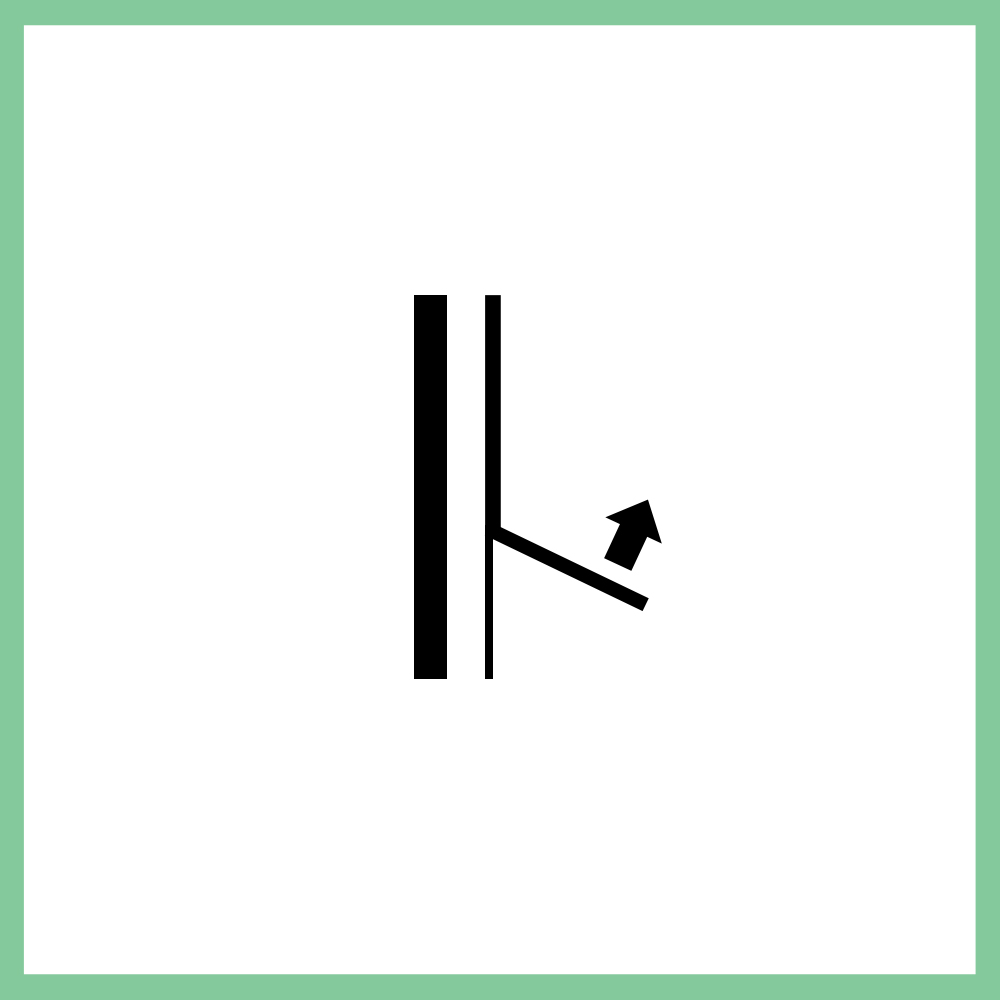
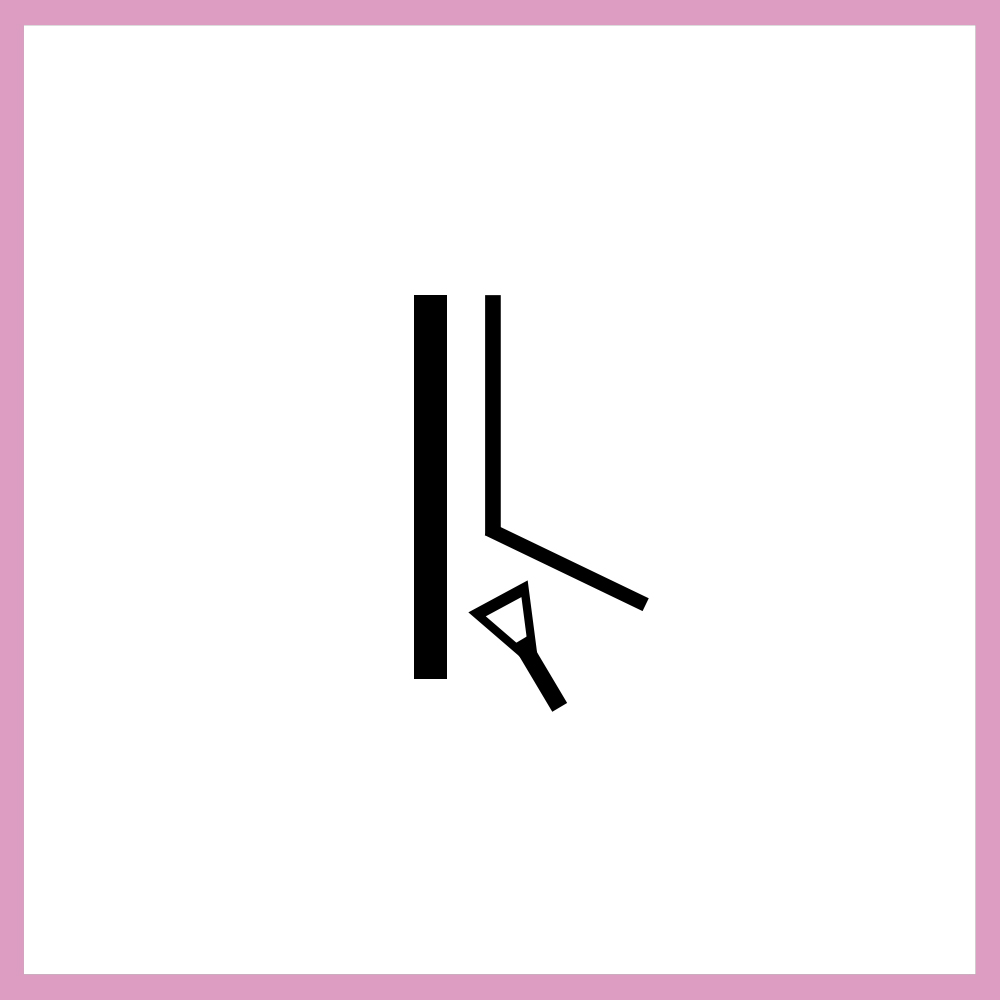
When you inspect a wallpaper label sometimes there will be a symbol relating to the removal technique for that wallpaper. Knowing what strategy must be used to remove your wallpaper at a later date will save you a lot of time and effort in the long run. There are three main wallpaper removal techniques.
Strippable - With strippable wallpaper you can remove the wallpaper in one strip while the paper is dry. When you remove the wallpaper both the back and front layers will come off the wall.
Peelable – Unlike strippable, with peelable wallpaper only the top layer peels off the wall, leaving the backing paper behind. Again, you can remove the wallpaper while the paper is dry.
Wet Removable – Wet removable wallpaper can only be removed from the wall with a liquid solution such as using a stripping agent or soaking the paper with water. You will then need to manually scrape away the excess paper.
Light Fastness

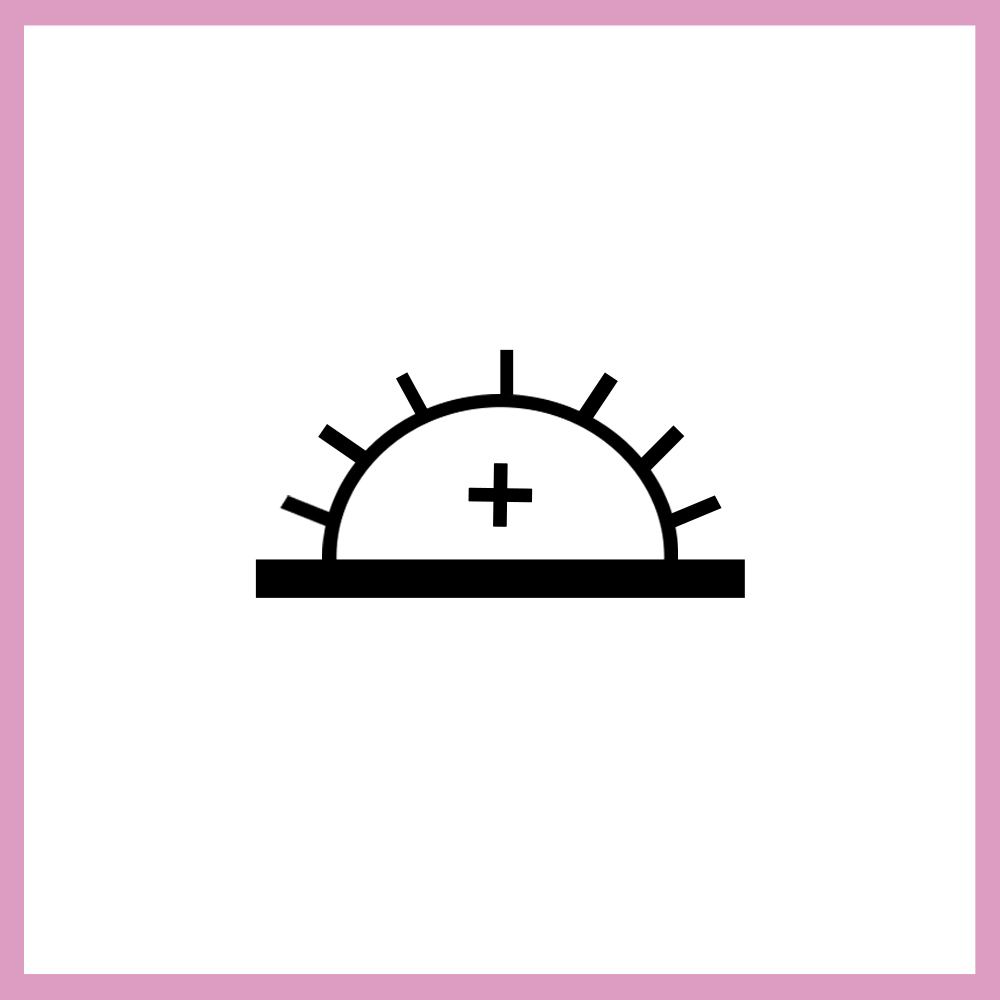
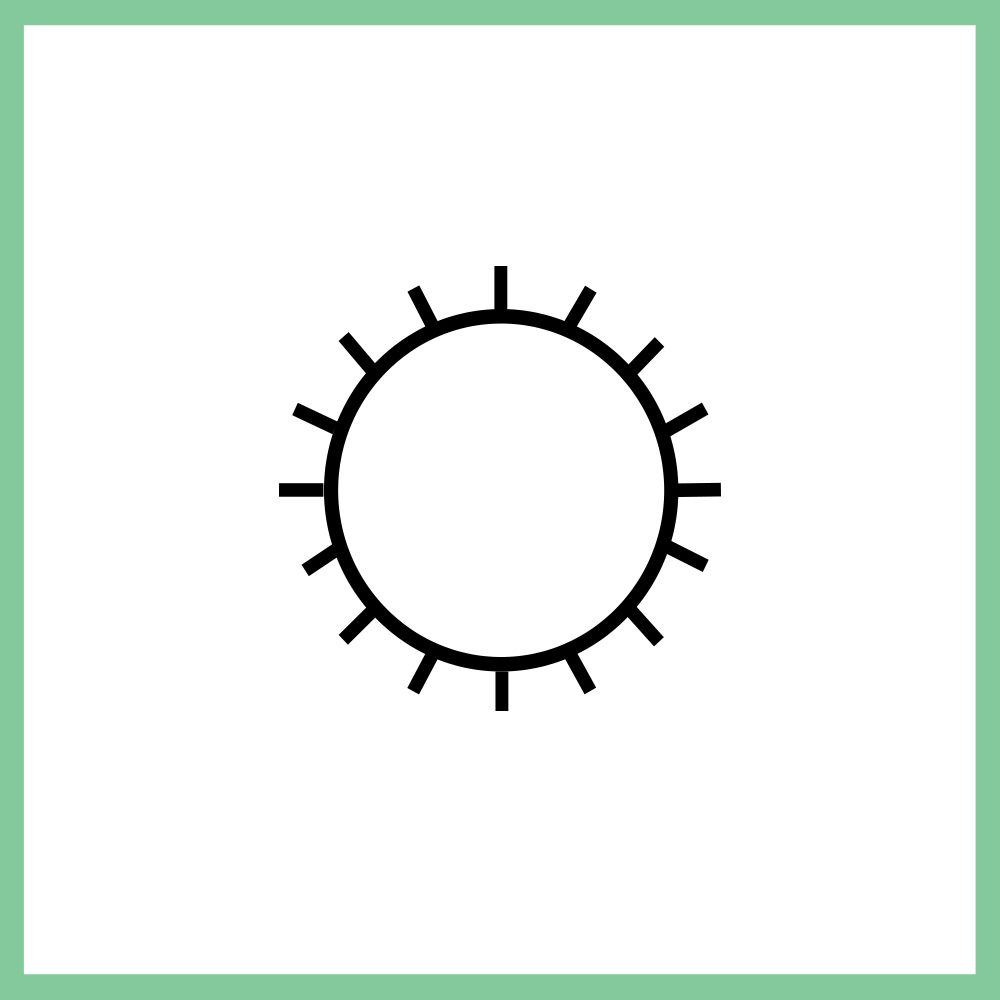
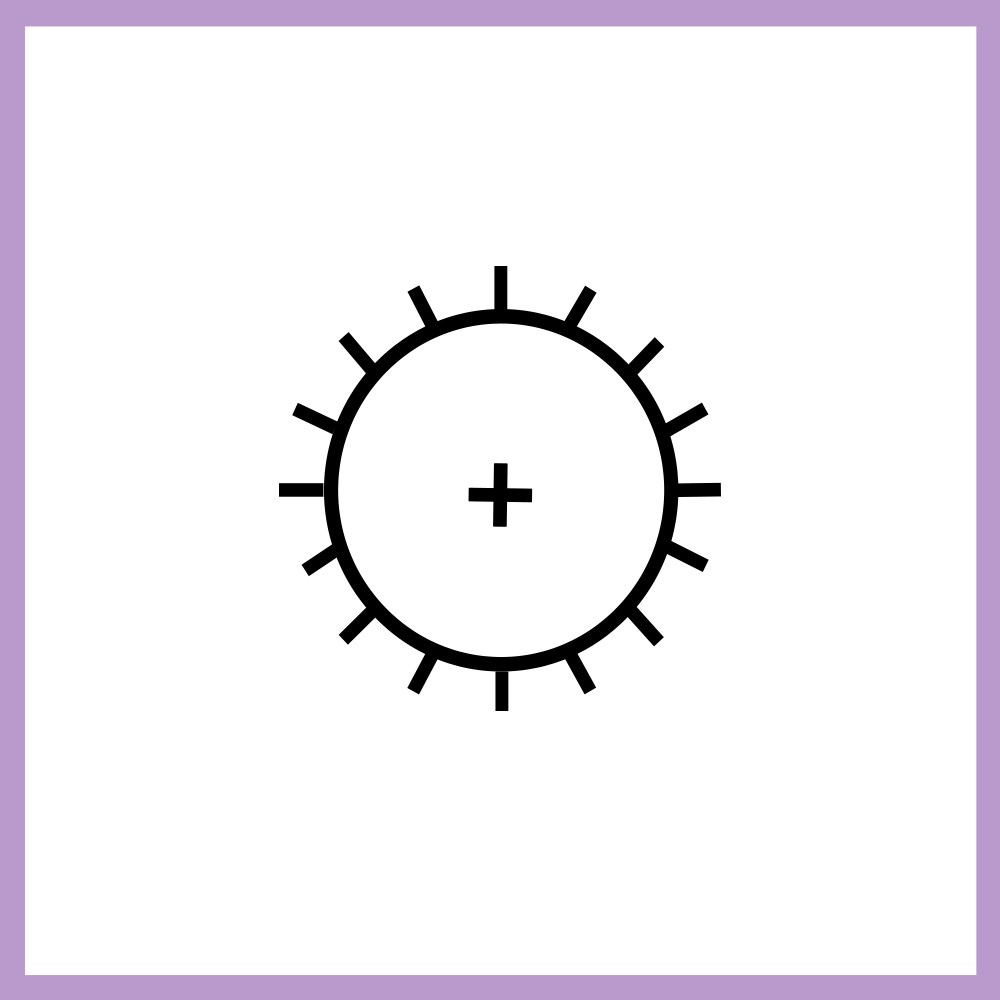
Light fastness is simply the degree to which your wallpaper will keep its colour in sunlight. Naturally any wallpaper and even some material if exposed to direct sunlight over a few years will lose colour. Light fastness gives you an idea of which wallpaper will last longer in areas of higher sun concentration and which are best used on walls and in rooms with less direct sunlight.
The symbols are as follows: moderate, satisfactory, good and very good. For a wall that receives a lot of natural sunlight, such as one that surrounds a window pane, you should be looking for a wallpaper that has a high light fastness rating.
Final Note
Now that you know the individual components that make up a wallpaper label suddenly it is pretty straight forward. Making sure you follow the instructions is key to hanging wallpaper without complication. If you are in doubt at any point then make sure you double check your wallpaper’s symbol. Feel free to bookmark this page to refer back to at a later date.

 United Kingdom
United Kingdom Australia
Australia Republic of Ireland
Republic of Ireland
